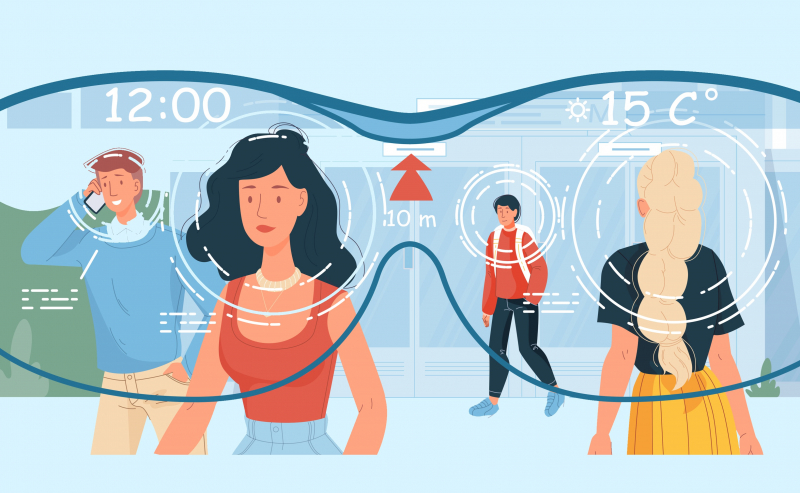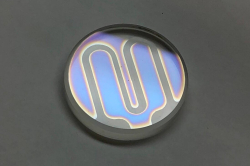Today, many high tech companies are developing wearable VR displays of various types for purposes of entertainment and education. Still, having to project the image onto a display limits a user’s field of view. A growing number of manufacturers are experimenting with the creation of smart glasses that would augment their user’s reality with various data: from medical readouts to social media messages.

A large research team made up of staff members from ITMO University and the Lebedev Physical Institute of the Russian Academy of Sciences will seek a solution to this task. The group has been provided a research grant by the Russian Science Foundation.
“Today, the only offers on the market are displays that form a real image which limits the user’s field of vision,” explains Roman Zakoldaev, a researcher at ITMO’s Faculty of Laser Photonics and Optoelectronics. “In order to present images in a transparent medium, we can use the modes of optical microwave guides that are invisible to the user. In our project, we’ll be researching ways of modeling new types of augmented reality displays that would employ new functional optical elements that haven’t been available before.”

Invisible patterns
In order to turn glass into a screen, it must be perforated with special channels only several micrometers (1 micrometer is 1/1000th of a millimeter). These channels will serve as waveguides, conducting optical waves that would create holographic images visible to the user. These channels will be located on the surface of the glass as well as within it.
“Such waveguides are made using the direct femtosecond-laser writing technology,” explains Maksim Sergeev, a research at the Faculty of Laser Photonics and Optoelectronics. “But to produce enough waveguide structures of the right type and quality we’ll need to solve a number of challenges. A beam of focused radiation isn’t enough to create linear waveguides. To create such structures, we’ll need interference circuits that would convert laser radiation. For instance, in the first stage of the project we’ll verify the possibility of creating periodical structures within silicate glass using multibeam laser interference.”

Then, the researchers will need to work on the shape and optical qualities of the waveguides – which all differ in geometry and structure. Regular waveguides are the core and outer layer, but the scientists aim to identify specifics of the processes of compression and decompression of glass under the influence of femtosecond laser pulses, which will make it possible to also use multilayer and multi-channel types of waveguides.
From gadget to workwear
As of now, the researchers are looking into glass as a basis for the creation of such wearable displays. In two years, they plan to begin experiments, also using transparent polymers. In addition to waveguides, which are responsible for image output, they are working on a range of optofluidic structures that would monitor the environment in which the user is located.

“Environmental sensing would help the device notify its user of danger,” explains Sergey Kudryashov, lead researcher at the Faculty of Laser Photonics and Optoelectronics. “Let’s say there’s a gas leak and its concentration in the room exceeds safe levels – a corresponding notification will appear before your eyes. And you wouldn’t need a spectrometer; all the sensing and notification process would occur within the device thanks to the integration of various elements on the glass surface. In ideal conditions, we could combine all the elements – waveguides that display the image and optofluidic structures that monitor the environment – on a single glass or polymer chip.”
The research is being conducted using a grant from the Russian Science Foundation (project No. 20-71-10103).





